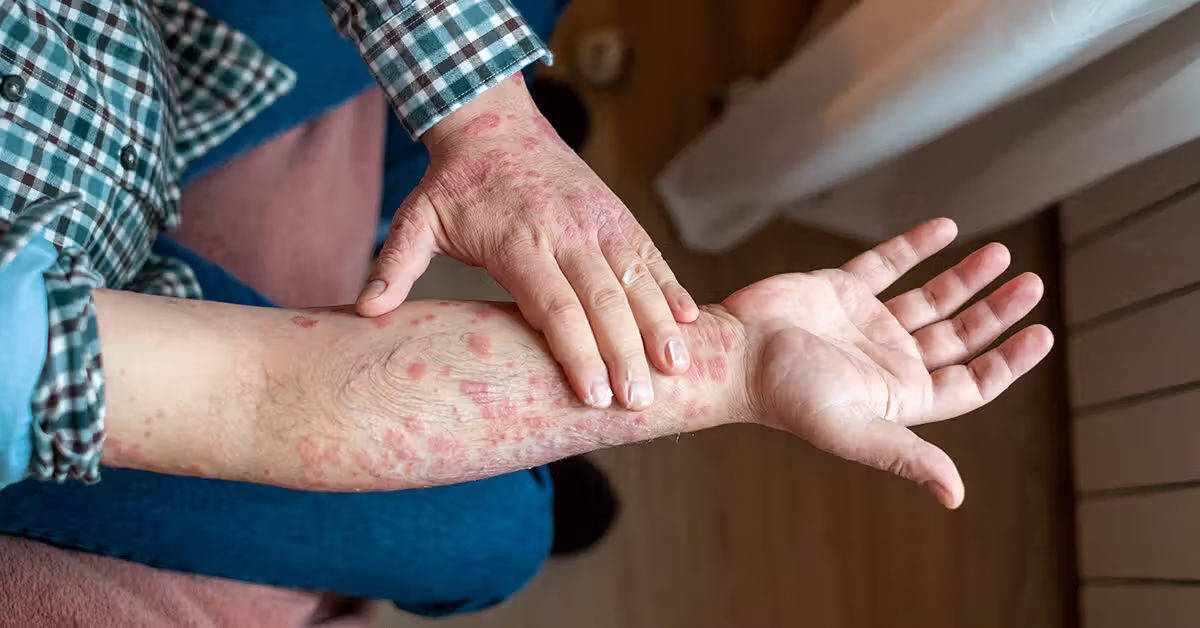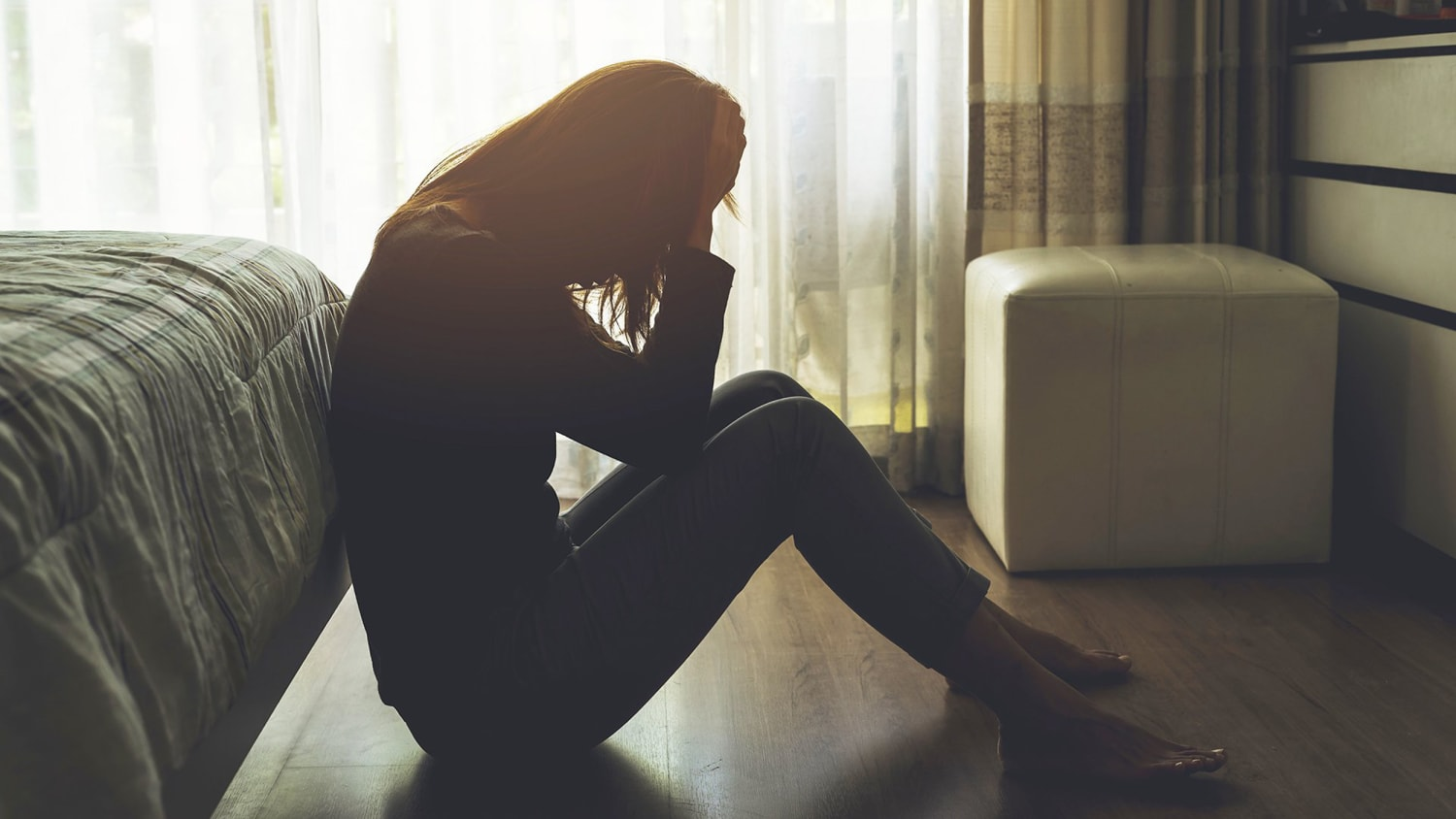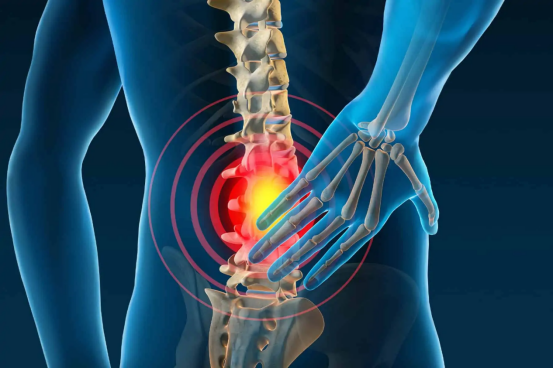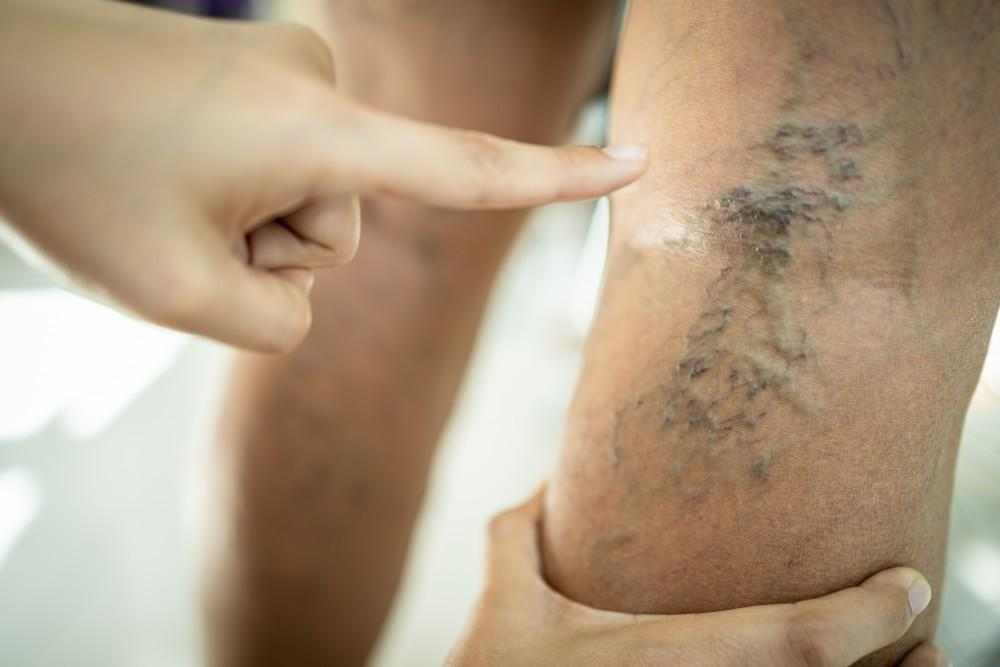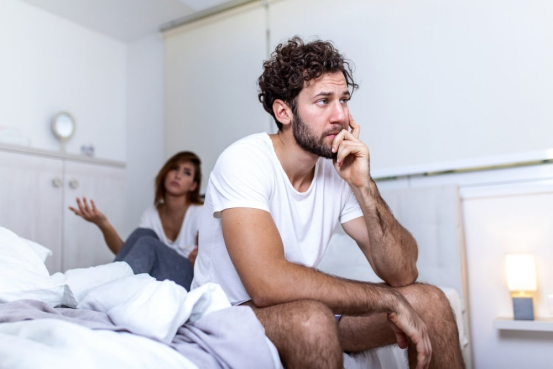Lower Back Pain Relief
Understanding Causes, Treatments, and Self-Care Strategies
Lower back pain is one of the most common health issues affecting millions of people worldwide. It can range from a dull ache to a sharp, debilitating pain that limits daily activities. While lower back pain can be caused by various factors, understanding its root causes, treatment options, and self-care techniques can significantly help in managing and reducing the discomfort. In this article, we’ll discuss the main causes of lower back pain, effective treatment strategies, and self-care practices to help you find relief.
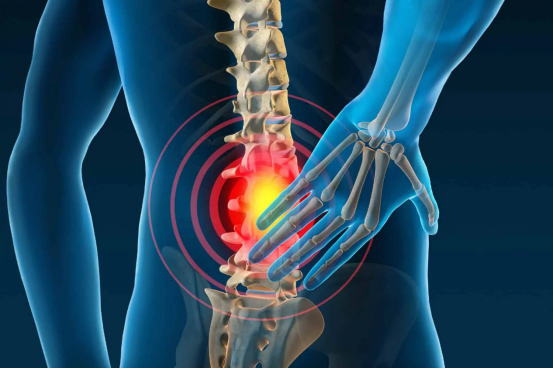
Understanding the Causes of Lower Back Pain
Lower back pain often results from a combination of factors, including lifestyle habits, physical activities, and underlying medical conditions. Identifying the cause is crucial for determining the appropriate treatment. Some common causes include:
Poor Posture: Slouching or sitting for extended periods in a non-ergonomic position can put stress on your lower back, leading to discomfort and pain.
Muscle Strains: Overexertion from lifting heavy objects or sudden movements can strain the muscles and ligaments in your back, resulting in pain that may last for days or weeks.
Herniated Discs: Also known as slipped or ruptured discs, this condition occurs when the cushioning discs between your spine's vertebrae get damaged, pressing on nearby nerves and causing pain.
Degenerative Disc Disease: As we age, the discs in our spine can lose their cushioning and elasticity, leading to chronic lower back pain.
Sciatica: This condition is caused by irritation or compression of the sciatic nerve, which runs from the lower back through the hips and down the legs. Sciatica can lead to sharp, shooting pain in the lower back and legs.
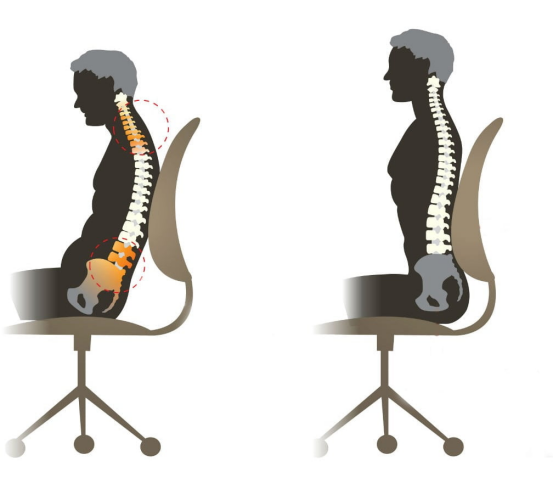
Effective Treatments for Lower Back Pain
There are several treatment options for lower back pain, ranging from non-invasive methods to medical interventions. The right approach often depends on the severity and underlying cause of the pain.
Physical Therapy: Exercises tailored to strengthen the muscles of the lower back, abdomen, and legs can help support the spine and relieve pain. Physical therapy also focuses on improving flexibility and posture to prevent further injuries.
Pain Relievers: Over-the-counter medications like ibuprofen and acetaminophen can help reduce inflammation and alleviate pain in the short term. However, these should not be relied upon for long-term use without medical guidance.
Heat and Cold Therapy: Applying a cold pack to the affected area can reduce inflammation, while heat therapy can relax tight muscles and improve blood flow to the lower back. Alternating between heat and cold is often beneficial for immediate relief.
Massage Therapy: Regular massages can relieve tension in the lower back muscles, improve circulation, and reduce pain. It’s a natural way to relax the muscles and release any built-up stress in the body.
Chiropractic Adjustments: Some people find relief from lower back pain through chiropractic adjustments that focus on realigning the spine. These adjustments can reduce pressure on nerves and promote better mobility in the back.
Acupuncture: An ancient Chinese therapy, acupuncture involves inserting thin needles into specific points of the body. This technique is believed to stimulate the body's natural pain-relieving mechanisms and improve energy flow.
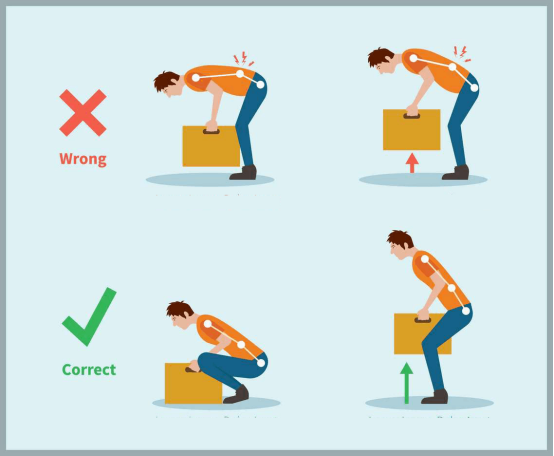
Self-Care Strategies for Lower Back Pain Relief
Self-care plays a crucial role in managing lower back pain, especially for those looking to avoid long-term medication or invasive treatments. Here are some effective self-care strategies to help relieve lower back pain at home:
Stretching and Flexibility Exercises
- Gentle stretching exercises can help loosen tight muscles and increase flexibility in the lower back area. Try movements like the cat-cow stretch, child’s pose, or knee-to-chest stretches to relieve tension.
- Incorporate these stretches into your daily routine to keep your back muscles strong and prevent stiffness.
Maintain Proper Posture
- Being mindful of your posture is essential, especially if you spend long hours sitting at a desk or using electronic devices. Sit upright with your back straight, shoulders relaxed, and feet flat on the floor.
- Use ergonomic chairs or cushions to provide proper support to your lower back.
Stay Active
- While it may seem counterintuitive, staying active is key to reducing lower back pain. Low-impact exercises like walking, swimming, or cycling can strengthen the back muscles and improve circulation.
- Avoid prolonged periods of inactivity, as it can lead to muscle stiffness and worsen your condition.
Weight Management
- Maintaining a healthy weight can significantly reduce the pressure on your spine and lower back. Excess weight, particularly around the abdomen, can shift your center of gravity and strain the back.
- A balanced diet and regular exercise are crucial for achieving and maintaining a healthy weight, which ultimately helps in preventing and managing lower back pain.
Mind-Body Techniques
- Stress and anxiety can sometimes make physical pain feel worse. Techniques like yoga, meditation, and deep breathing exercises can help relax both your mind and body, providing relief from chronic pain.
- Mindfulness practices teach you to focus on the present moment and let go of stress, which can positively impact how you perceive pain.
Sleep Position Adjustments
- The way you sleep can also affect your lower back. Sleeping on your back with a pillow under your knees can help keep your spine in a neutral position.
- If you sleep on your side, placing a pillow between your knees can align your hips and reduce pressure on your lower back.

When to Seek Medical Attention
While most cases of lower back pain improve with self-care and non-invasive treatments, it's important to know when to seek professional help. Consult a healthcare provider if you experience any of the following:
- Severe pain that does not improve with rest or over-the-counter medications.
- Numbness or tingling in your legs, which could indicate nerve involvement.
- Difficulty standing, walking, or performing daily activities due to pain.
- Pain following a fall, injury, or accident.
Early intervention can prevent your condition from worsening and help you find a more targeted treatment approach.
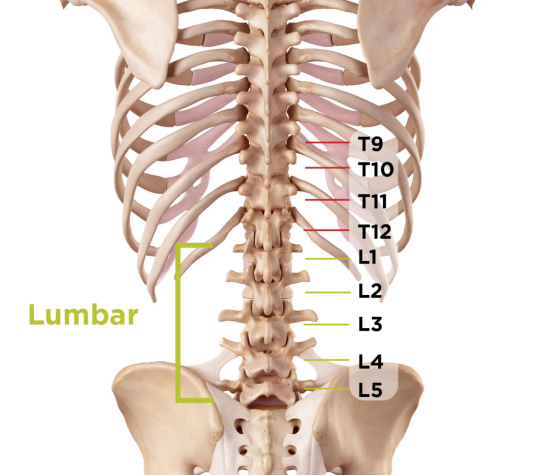
Conclusion
Lower back pain can be a challenging issue to deal with, but understanding its causes and learning how to manage it effectively can make a significant difference in your quality of life. Incorporating self-care techniques, staying active, and being mindful of your posture can help reduce pain and prevent future flare-ups. If the pain persists despite your best efforts, consulting with a medical professional is always a wise decision to get a comprehensive treatment plan.
Remember, taking proactive steps to manage lower back pain can lead to long-term relief and a healthier, more active lifestyle.


